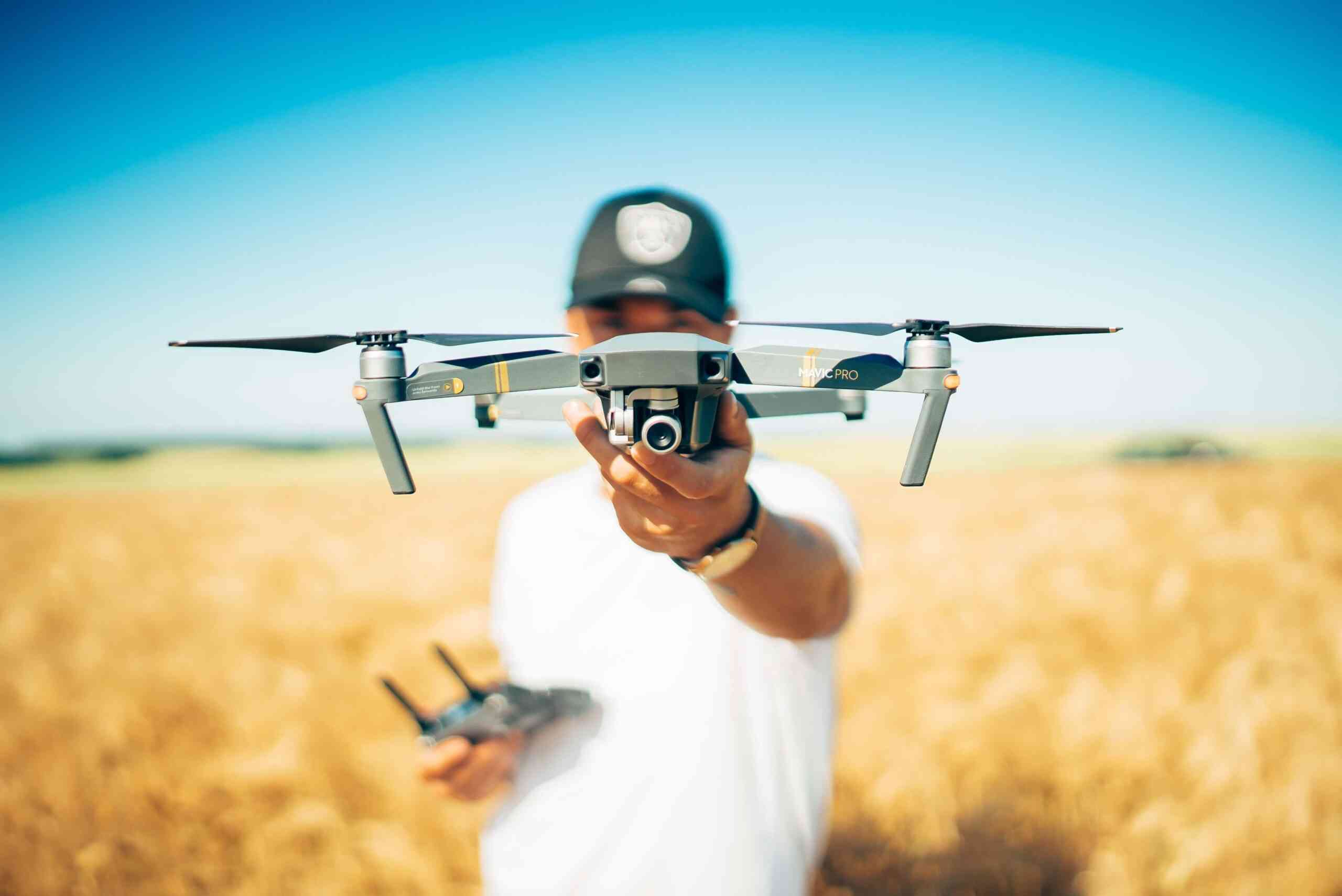
Government has trained 20 engineers specialising in drone operation and unmanned aerial vehicle technology as it moves to modernise the agricultural sector.
The initiative is part of a broader plan aimed at enhancing agricultural productivity and efficiency through aero-mechanisation.
Speaking during the engineers’ graduation in Harare yesterday, Department of Agriculture, Engineering, Mechanisation and Farm Infrastructure chief director Edwin Samuel Zamhunga said unmanned aerial vehicle technology played a critical role in transforming farming practices.
He said the technology had become critical in precision agriculture including spraying, feed monitoring and mapping which enhanced productivity and efficiency in agriculture.
“Drones are the future of agriculture. We are adopting aero-mechanisation as a strategy to enhance the agricultural space,” Zimhunga said.
He said the shift from traditional tractor-mounted spraying to drone technology represented major advancement in agricultural practices.
Zimhunga said drones sprayed in half or even a quarter of the time taken when using conventional methods, allowing for quicker response to pest outbreaks and improvement of crop health.
“Drones offer rapid response capabilities which traditional methods cannot match,” Zimhunga said.
- Govt moves to modernise agric sector
Keep Reading
He said drones would be utilised for chemigation and fertigation, as well as for broadcasting small grains like sorghum and millet.
“This innovation not only increases efficiency but also reduces reliance on traditional mechanised equipment, streamlining various farming operations,” Zimhunga said.










